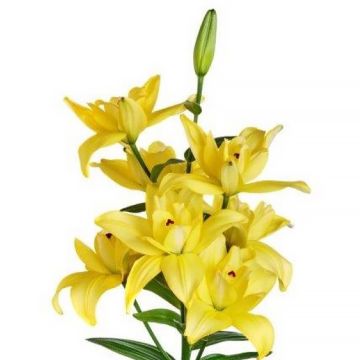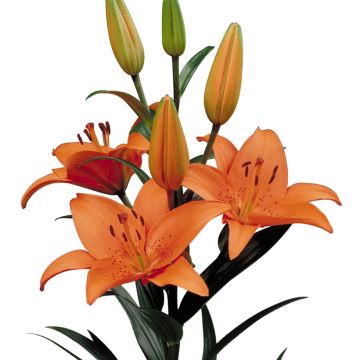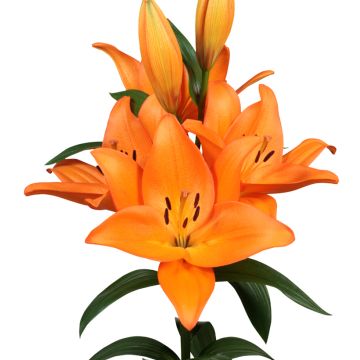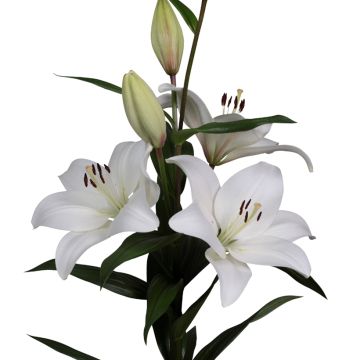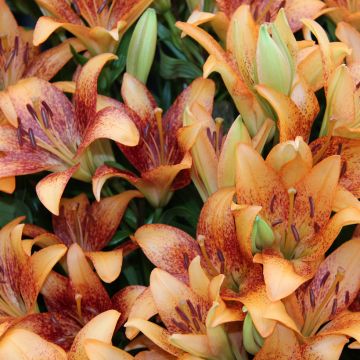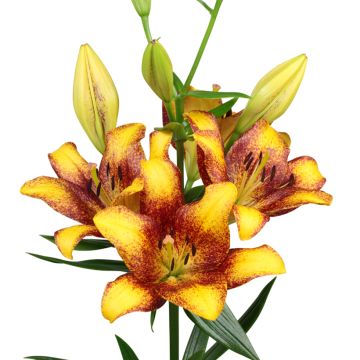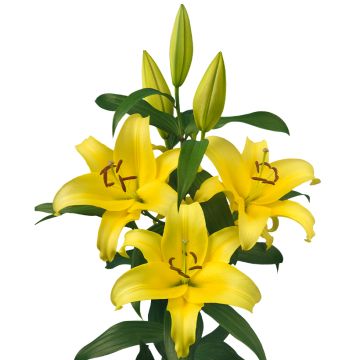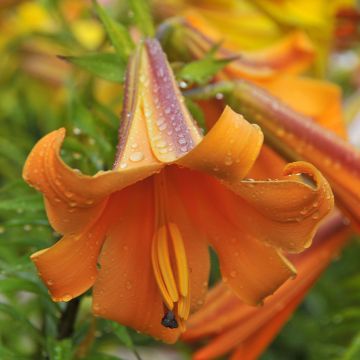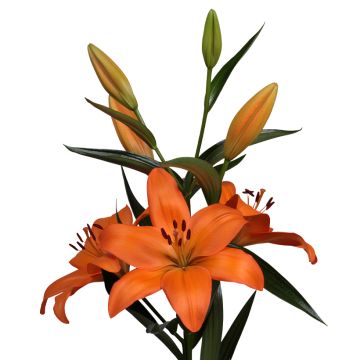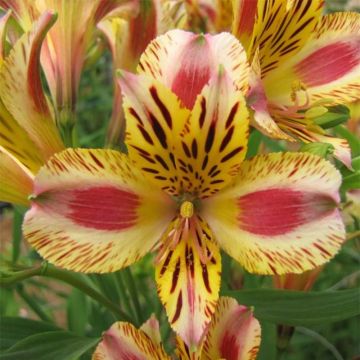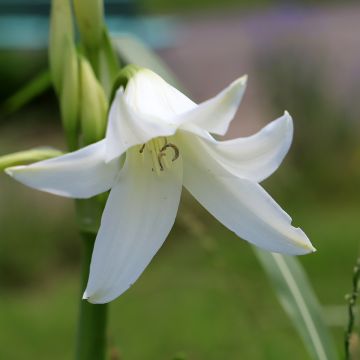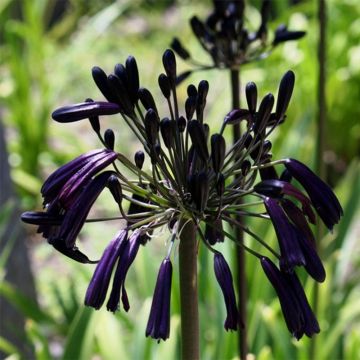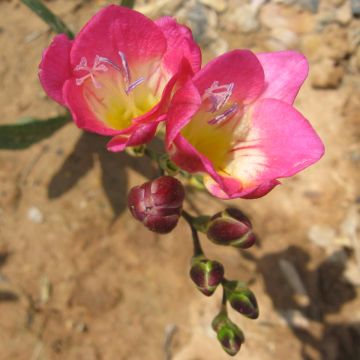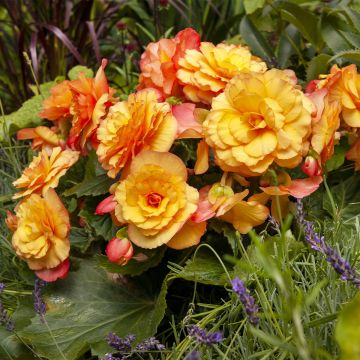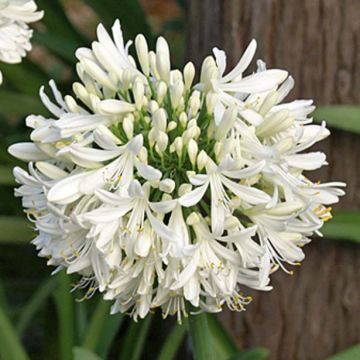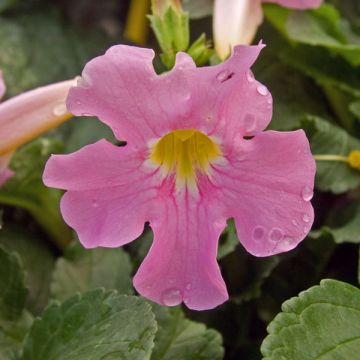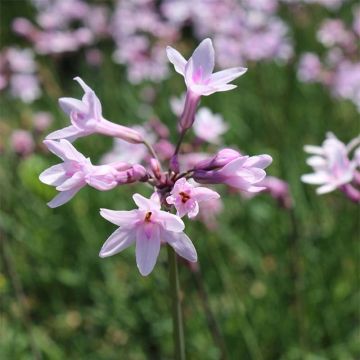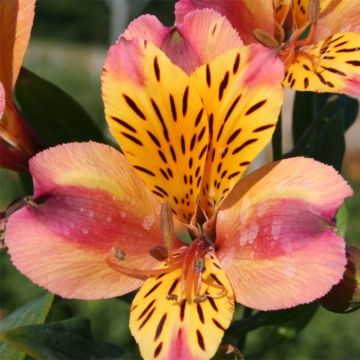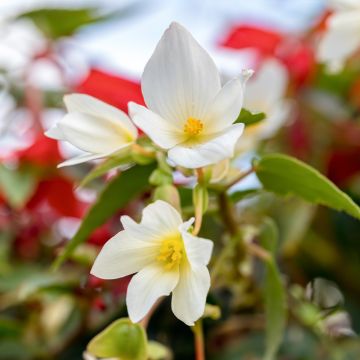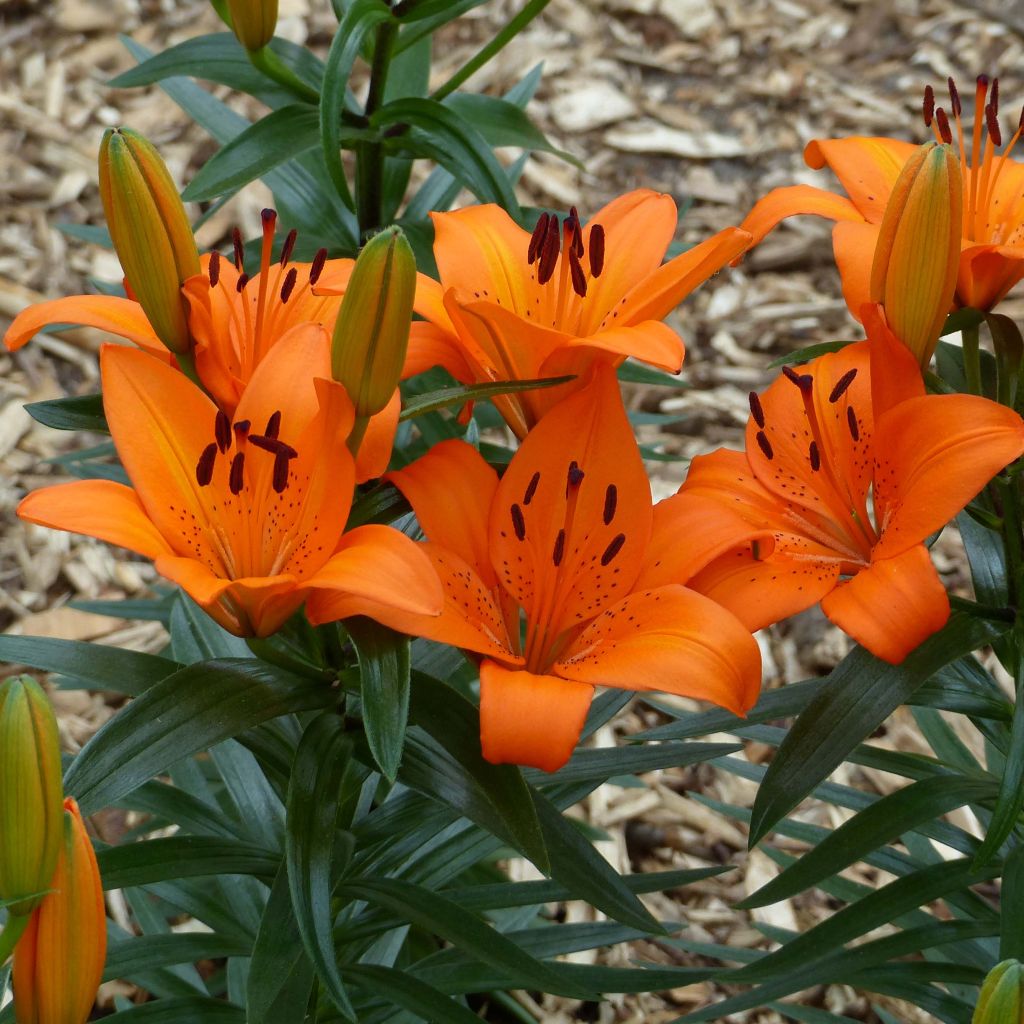

Lis nain Orange Pixie - Lis asiatique
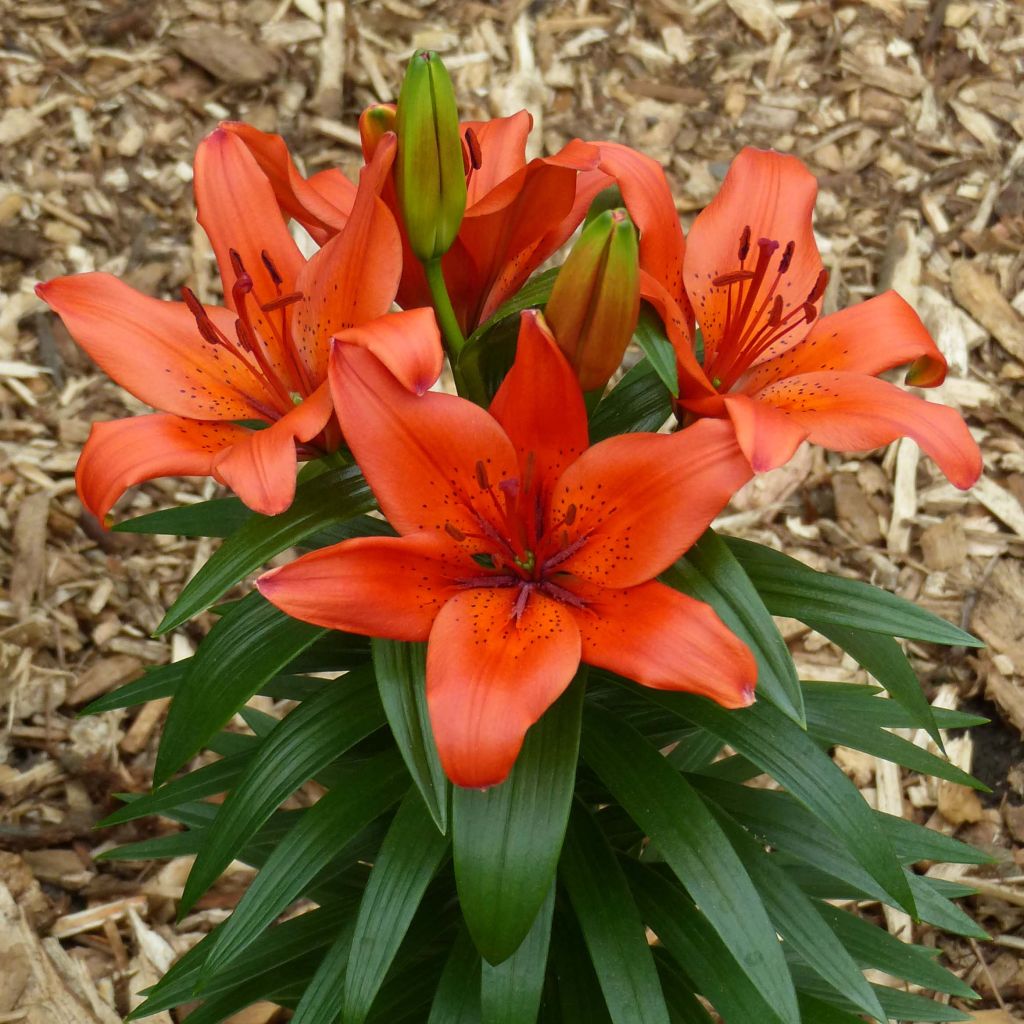

Lis nain Orange Pixie - Lis asiatique
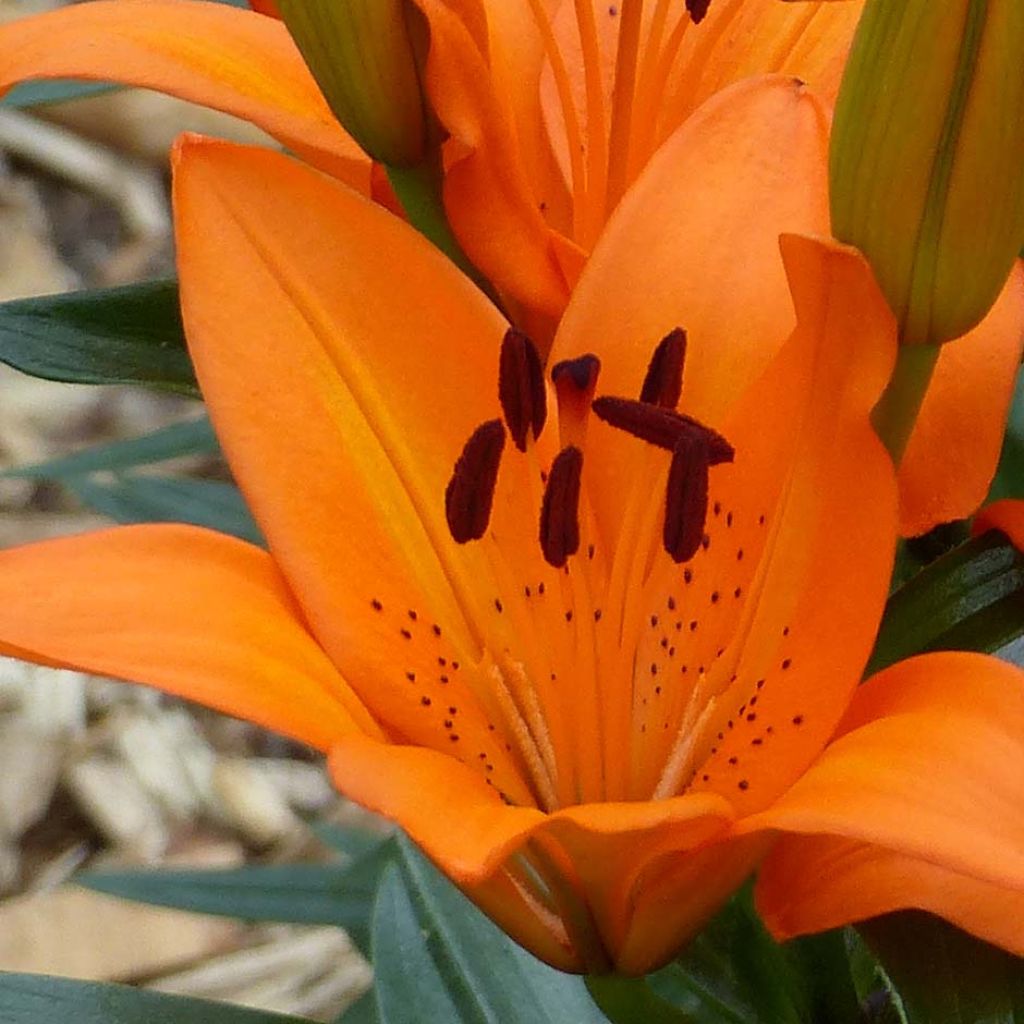

Lis nain Orange Pixie - Lis asiatique
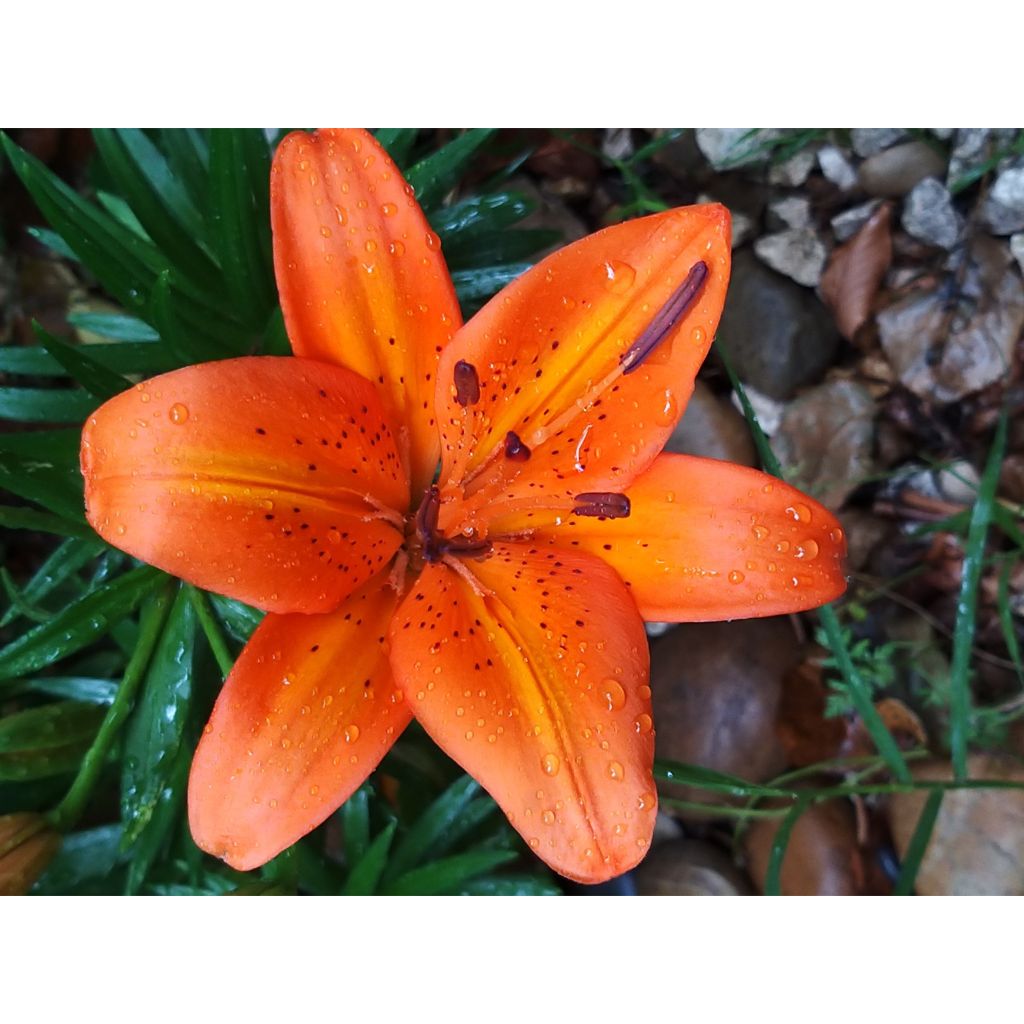

Lilium Orange Pixie - Lily
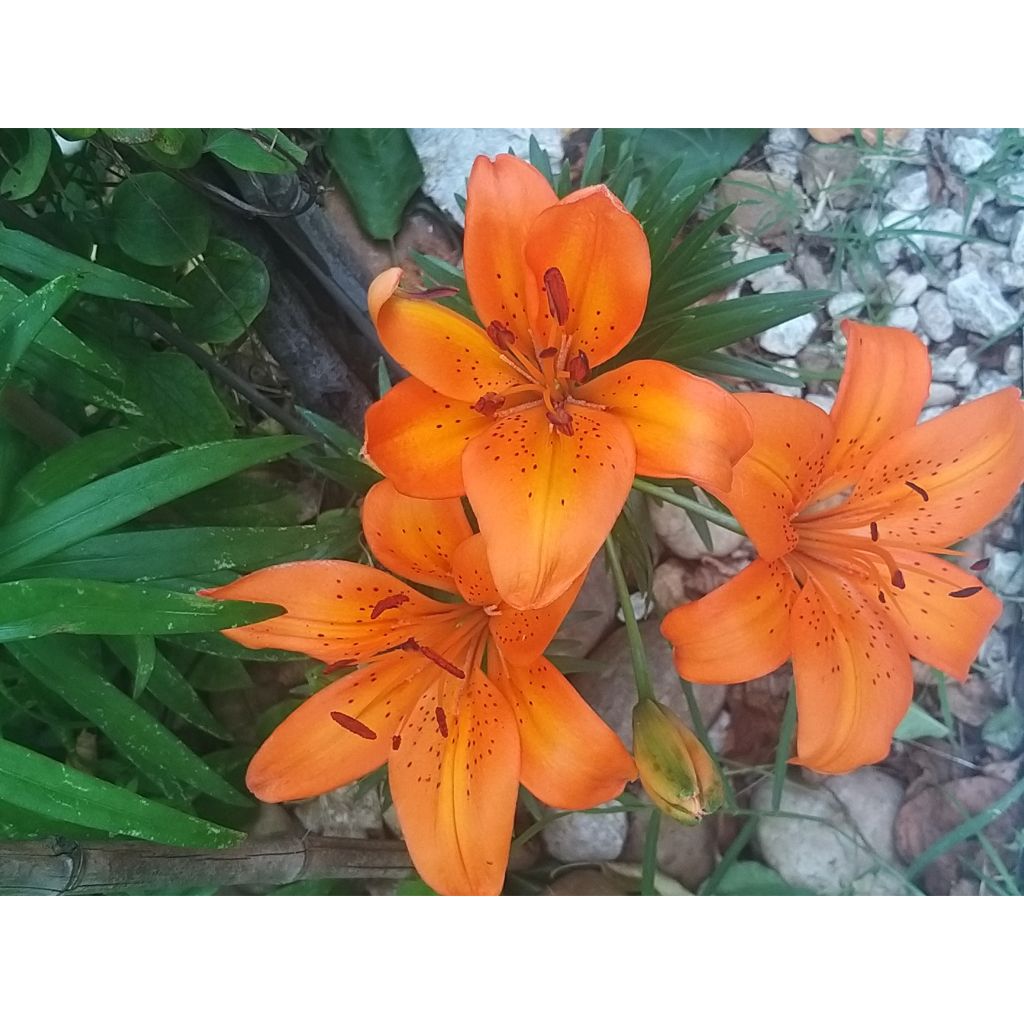

Lilium Orange Pixie - Lily
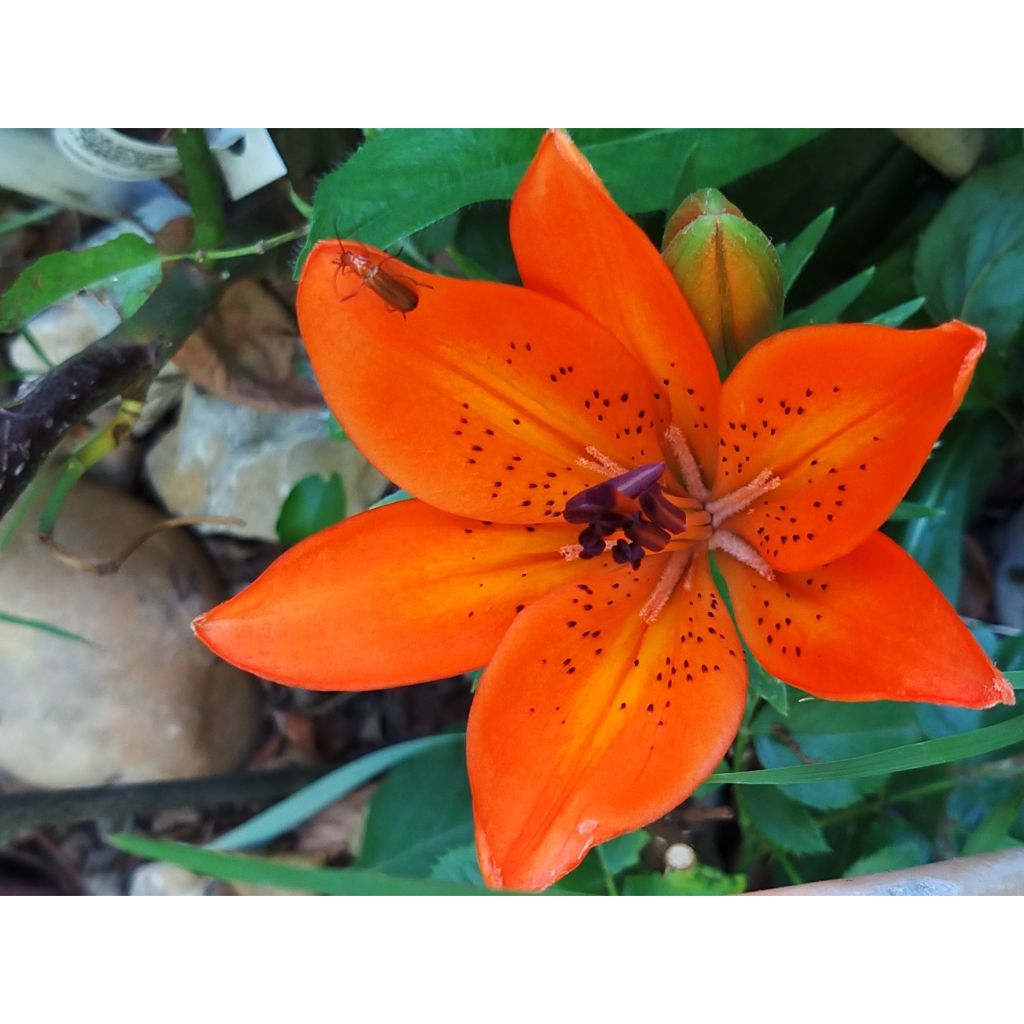

Lilium Orange Pixie - Lily
Lilium Orange Pixie - Lily
Lilium Orange Pixie
Hybrid Lily
Fast delivery, bulbs in very good condition, I'm looking forward to the shoot and the future flowers." Analysis: - "en très bonne état" should be "in very good condition" instead of "in very good état". - "j'attends" should be "I'm looking forward to" instead of "I'm waiting for". - "les futures fleurs" should be "the future flowers" instead of "the future fleurs". - The overall tone and meaning of the text has been maintained.
Antoine, 27/04/2023
This item cannot be shipped to the selected country
Delivery charge from €5.90
More information
Delivery charge from €5.90
More information
Schedule delivery date,
and select date in basket
This plant carries a 6 months recovery warranty
More information
We guarantee the quality of our plants for a full growing cycle, and will replace at our expense any plant that fails to recover under normal climatic and planting conditions.
From €5.90 for pickup delivery and €6.90 for home delivery
Express home delivery from €8.90.

Does this plant fit my garden?
Set up your Plantfit profile →
Description
Lilium 'Orange Pixie' is part of a new series of Asian lilies selected in the U.S.A. for their small size and abundant flowering. They are sturdy varieties particularly suited for growing in pots to adorn the terrace or balcony. Their short stems, which bear at least 8 flowers, remain in full bloom for 4 weeks in summer. The 'Orange Pixie' variety has pure and vibrant orange flowers which are very bright. This bulbous plant is easy to grow in full sun or partial shade, in well-drained moist soil. It is also a very attractive border plant and an excellent cut flower.
The Lilium genus belongs to the Liliaceae family, its representatives are bulbous plants which are generally very cold-resistant in soils that do not retain excessive water in winter. 'Pixie' lilies are very recent hybrids, obtained in Oregon. They were obtained by cross-breeding various Asian species, including the vigorous and very accommodating Lilium longiflorum. 'Orange Pixie' is a bulbous plant that remains dormant underground during winter. Its growth starts around April, producing a leafy stem. It will reach a height of about 40 cm (16in) when in bloom, and the clump will spread without a theoretical limit over time, as the bulbs produce bulblets through vegetative propagation. Its spectacular flowers appear from mid-June to mid-July, depending on the climate. Along the leafy stems, upright trumpet-shaped, up to 8 cm (3in) in diameter flowers appear on a mature plant. They are almost solid orange, slightly more yellow in the centre of the petals, with just a few darker spots at the throat. The stems are covered in alternate, spiralled, dark green, narrow, and shiny leaves.
This lily thrives and prospers year after year in light and fertile, well-drained soil, enriched with compost or potting soil. You can grow it with low perennial plants as it likes having its base in shade. 'Orange Pixie can be planted in a pot with other Pixie lilies (yellow, red, ivory), lobelias, verbenas, or nemesis. It can also be used in borders, in small groups among other perennials like campanulas, daylilies, nigellas, cosmos... It will also go well with compact blue or white agapanthus in full sun. Creeping phlox, aubrietas, or silver basket will cover its base in an elegant carpet. This small lily is ideal for borders and, of course, for bouquets.
Lilium Orange Pixie - Lily in pictures
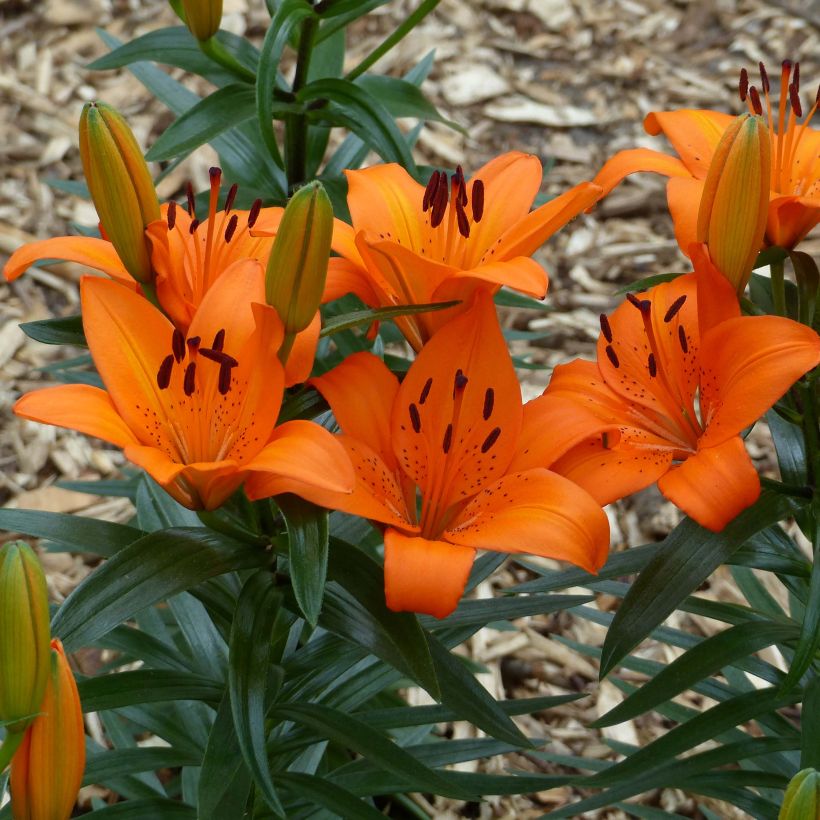

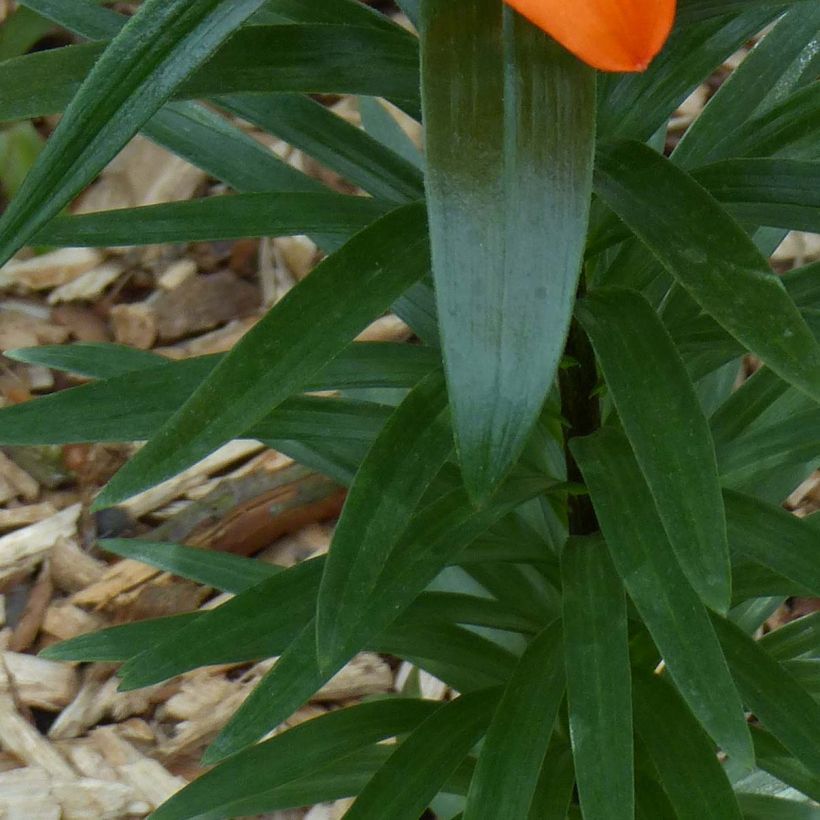

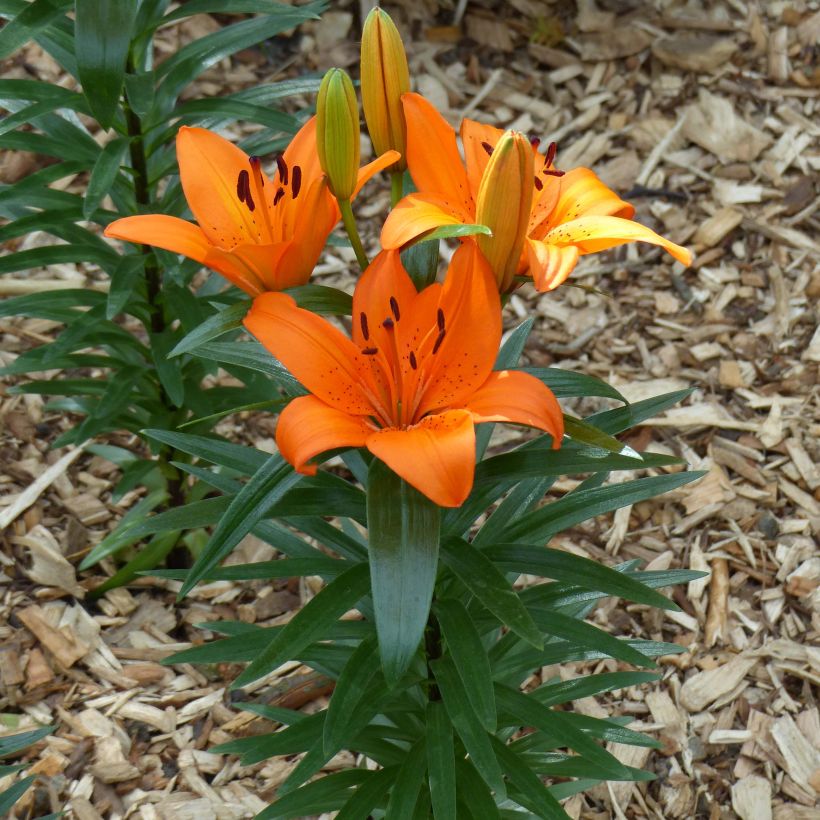

Plant habit
Flowering
Foliage
Botanical data
Lilium
Orange Pixie
Liliaceae
Hybrid Lily
Cultivar or hybrid
Other Lilies A to Z
Planting and care
The 'Orange Pixie' lily is not demanding in regards to soil, as long as it is properly drained and not excessively chalky or acidic. It likes light soils, rich in humus or leaf compost. Plant it in full sun, with the feet in the shade, preferably in spring, burying the bulbs 15 cm (6in) deep in a pocket of soil mixed with leaf compost. Surround them with a layer of sand that will protect them from rot and slug attacks, while allowing them to grow more easily. Mark the planting location, as the vegetation only starts in April. If red lily beetles appear, treat them immediately, as they are their larvae can devour all the leaves. The most effective method is to catch them by hand, but be careful as they drop as soon as you touch them.
After flowering, it is a good idea to cut the faded flowers halfway to keep the border beautiful during the summer.
Tips for planting lilies in compact soil: Lily bulbs don't like clay soils that suffocate them and cause rot. In Eastern Europe, the following technique is used to help these bulbs survive the winter. Plant them on 'benches' built above ground level. These benches are made of a layer of gravel, on which tightly packed branches are placed. Then covered with a thick 20 to 30 cm (8 to 12in) layer of compost. Plant the bulbs in the compost, on which you can also let some ground-covering plants crawl.
On the terrace, you can create sumptuous pots with lilies. Choose a container that is large and deep enough (at least 16 cm (6in) in diameter for 1 bulb). Fill it with a mixture of garden soil, leaf compost, and sand. Plant the lilies in groups of 3 to 5 bulbs, 10-15 cm (4-6in) apart, then water abundantly. Place the pots in a cool room or outside once the frost has passed. The ambient temperature should be around 12°C (53.6°F). When the shoots appear, place the pot in a conservatory or a very bright room at a temperature of around 18°C (64.4°F). Make liquid fertiliser applications twice a month until the appearance of flower buds.
Planting period
Intended location
Care
Bulbs to grow in pots
Haven't found what you were looking for?
Hardiness is the lowest winter temperature a plant can endure without suffering serious damage or even dying. However, hardiness is affected by location (a sheltered area, such as a patio), protection (winter cover) and soil type (hardiness is improved by well-drained soil).

Photo Sharing Terms & Conditions
In order to encourage gardeners to interact and share their experiences, Promesse de fleurs offers various media enabling content to be uploaded onto its Site - in particular via the ‘Photo sharing’ module.
The User agrees to refrain from:
- Posting any content that is illegal, prejudicial, insulting, racist, inciteful to hatred, revisionist, contrary to public decency, that infringes on privacy or on the privacy rights of third parties, in particular the publicity rights of persons and goods, intellectual property rights, or the right to privacy.
- Submitting content on behalf of a third party;
- Impersonate the identity of a third party and/or publish any personal information about a third party;
In general, the User undertakes to refrain from any unethical behaviour.
All Content (in particular text, comments, files, images, photos, videos, creative works, etc.), which may be subject to property or intellectual property rights, image or other private rights, shall remain the property of the User, subject to the limited rights granted by the terms of the licence granted by Promesse de fleurs as stated below. Users are at liberty to publish or not to publish such Content on the Site, notably via the ‘Photo Sharing’ facility, and accept that this Content shall be made public and freely accessible, notably on the Internet.
Users further acknowledge, undertake to have ,and guarantee that they hold all necessary rights and permissions to publish such material on the Site, in particular with regard to the legislation in force pertaining to any privacy, property, intellectual property, image, or contractual rights, or rights of any other nature. By publishing such Content on the Site, Users acknowledge accepting full liability as publishers of the Content within the meaning of the law, and grant Promesse de fleurs, free of charge, an inclusive, worldwide licence for the said Content for the entire duration of its publication, including all reproduction, representation, up/downloading, displaying, performing, transmission, and storage rights.
Users also grant permission for their name to be linked to the Content and accept that this link may not always be made available.
By engaging in posting material, Users consent to their Content becoming automatically accessible on the Internet, in particular on other sites and/or blogs and/or web pages of the Promesse de fleurs site, including in particular social pages and the Promesse de fleurs catalogue.
Users may secure the removal of entrusted content free of charge by issuing a simple request via our contact form.

































